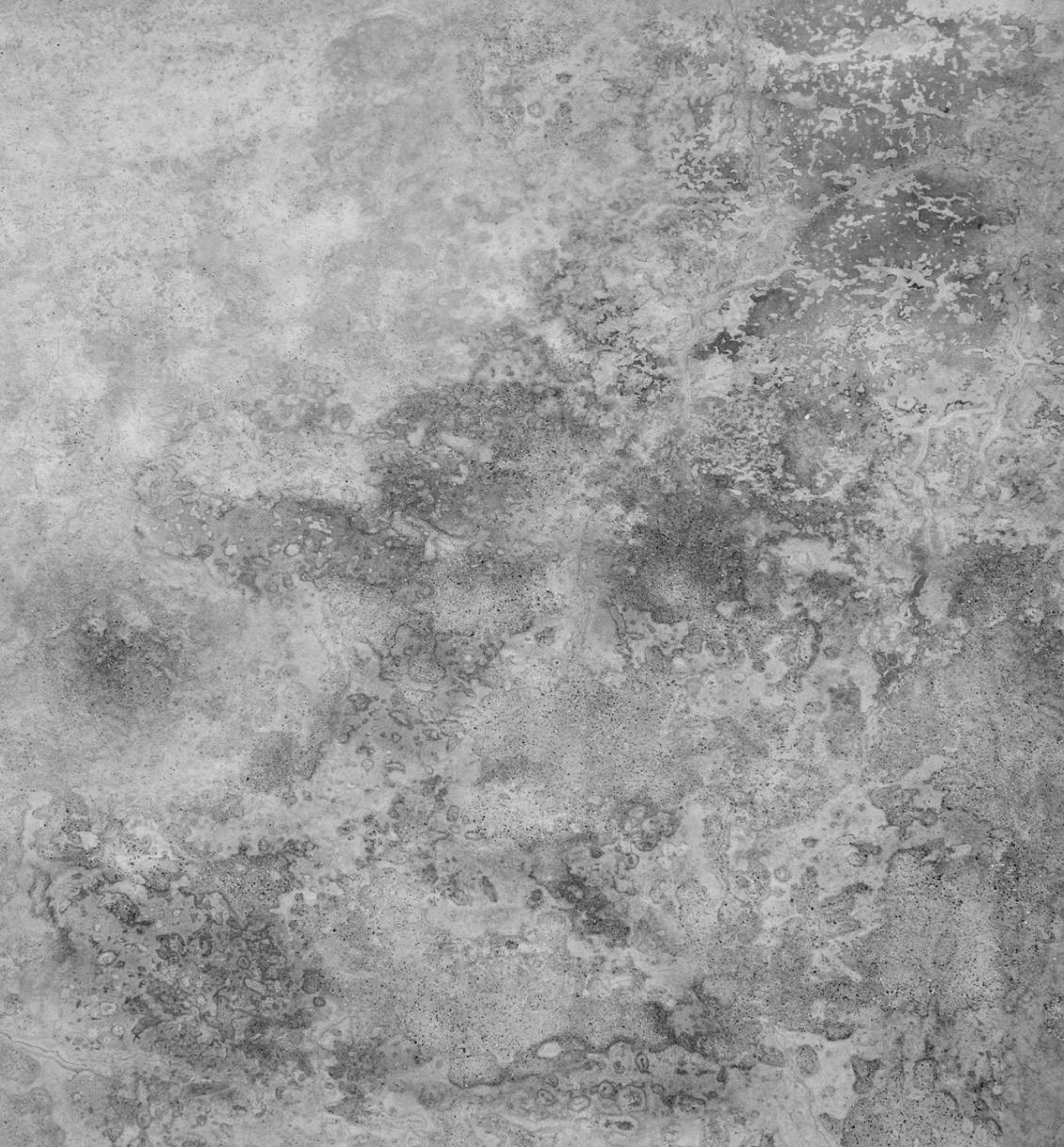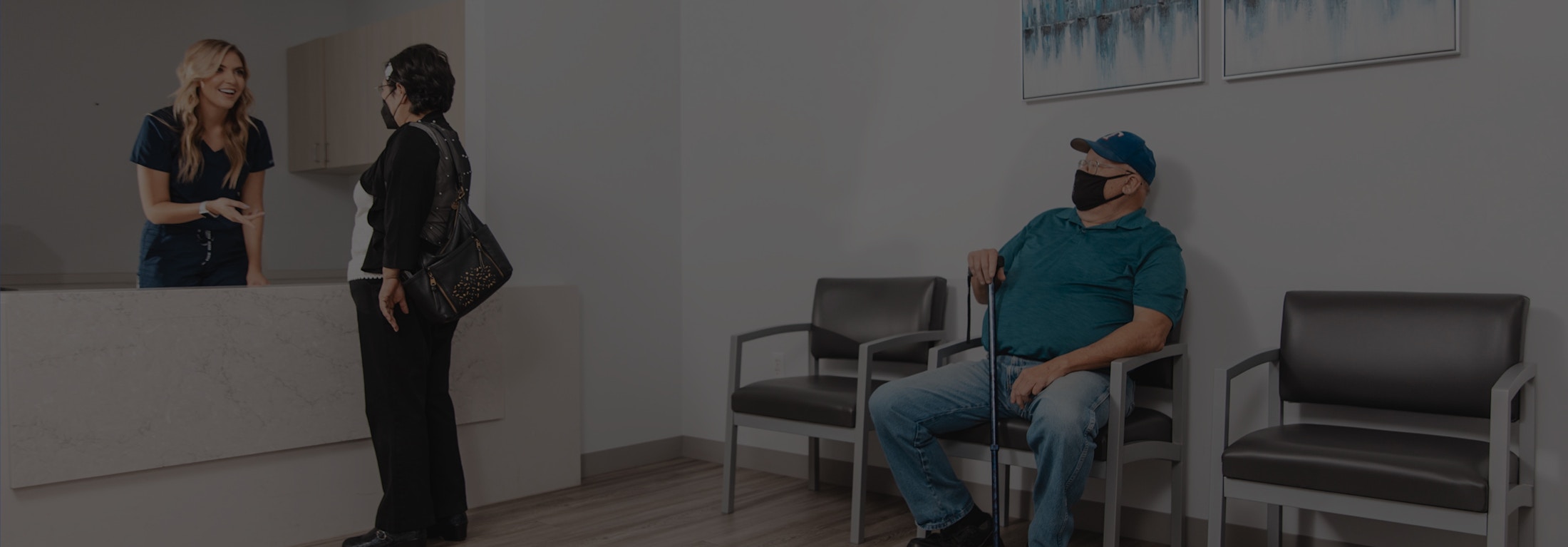How Are Pilonidal Cysts Treated?
Treatment of pilonidal cysts involves a quick, in-office procedure. First, your Wound Evolution provider numbs the area around your cyst with a local anesthetic. Once the anesthesia sets in, your provider makes a small incision and drains the cyst. Sometimes, pilonidal cysts recur. If this happens, a more extensive surgical procedure may be necessary. Following surgery, your provider may choose to leave the wound open, or they may close it with stitches.
Wound Evolution might recommend hyperbaric oxygen therapy or topical treatment with bioengineered skin grafts to encourage healing. To achieve the best results, follow your provider’s instructions about wound care. Change your dressings regularly and take any medications as prescribed.








